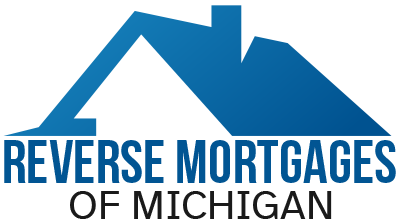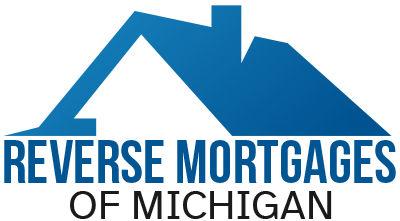Reverse Mortgages: A Growing Trend for Homeowners 55 and Older

Reverse Mortgages: A Growing Trend for Homeowners 55 and Older
Reverse mortgages have been gaining popularity among older homeowners seeking to tap into their home equity without selling their property. As the baby boomer generation continues to age, more and more people are exploring this financial option to supplement their retirement income or fund major expenses like healthcare or home renovations.
Key Trends in Reverse Mortgage Searches:
- Rising Interest Rates: While higher interest rates can impact the overall cost of a reverse mortgage, many homeowners are still finding it a valuable tool to access their home equity.
- Increased Awareness: As more people become familiar with reverse mortgages, there has been a surge in online searches and inquiries.
- Diverse Usage: Reverse mortgages are no longer solely used for retirement income. They are also being utilized to pay off existing debts, fund home improvements, or provide financial support for family members.
- Technological Advancements: Online tools and resources have made it easier for homeowners to explore reverse mortgage options and get pre-approved.
- Changing Demographics: The growing number of older Americans, combined with rising healthcare costs and a longer life expectancy, is driving the demand for reverse mortgages.
How Does a Reverse Mortgage Work?
A reverse mortgage allows homeowners aged 55 or older to borrow against the equity in their home. The loan is repaid when the homeowner sells the property or dies. There are no monthly mortgage payments required, making it a flexible option for those seeking to maintain their lifestyle.
Common Reverse Mortgage Scenarios
Let’s jump into some real-world examples of how reverse mortgages can be used to address various financial needs:
Scenario 1: Retirement Income Supplement
- Situation: A couple in their late 50s has a fixed income and is struggling to cover living expenses.
- Solution: A reverse mortgage can provide a steady stream of income, allowing them to maintain their lifestyle without depleting their savings.
Scenario 2: Home Improvement
- Situation: A homeowner wants to make significant renovations to their home, such as adding a wheelchair ramp or installing solar panels.
- Solution: A reverse mortgage can provide the funds needed for these improvements, enhancing the value of the property and potentially reducing energy costs.
Scenario 3: Debt Consolidation
- Situation: A homeowner has accumulated credit card debt and medical bills that are becoming overwhelming.
- Solution: A reverse mortgage can be used to consolidate these debts into a single, lower-interest loan, potentially reducing monthly payments and providing financial relief.
Scenario 4: Long-Term Care
- Situation: A homeowner is concerned about the potential costs of long-term care, such as assisted living or home health care.
- Solution: A reverse mortgage can provide a financial cushion to help cover these expenses, ensuring that the homeowner can receive the care they need without depleting their savings.
Conclusion
Reverse mortgages offer a valuable financial tool for homeowners aged 55 or older seeking to access their home equity without selling their property. As the baby boomer generation continues to age, the demand for reverse mortgages is expected to grow. By understanding the various uses and benefits of reverse mortgages, homeowners can make informed decisions about their financial future.
Key takeaways:
- Reverse mortgages provide a flexible way to access home equity without selling the property.
- They can be used for a variety of purposes, including retirement income, home improvements, debt consolidation, and long-term care.
- It’s essential to carefully consider your financial situation and long-term goals before deciding if a reverse mortgage is right for you.


